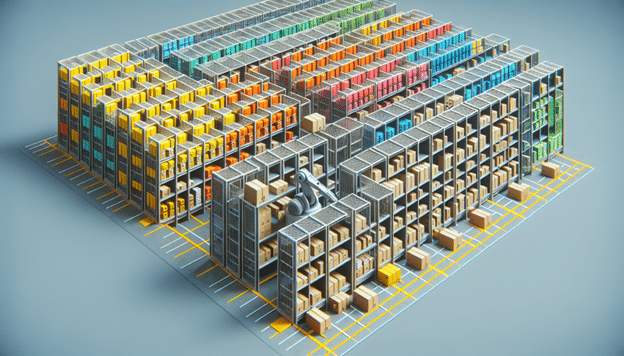
As if the massive supply chain crisis of 2021 wasn’t enough, businesses are jumping even more hurdles to provide products to customers in 2022. Consumers are finding store shelves bare yet again and businesses are scrambling to provide inventory to fill those shelves. Manufacturers, warehouses, and retailers alike are finding that new problems are proving extremely challenging.
The Challenges
The labor force is needed to move products. Unfortunately, many key factors are causing worker shortages worldwide, leaving a large employment gap in the service, retail, shipping, manufacturing, warehouse, and distribution industries. To begin, COVID shutdowns in 2020 led to millions of people being unemployed and, in many cases, they did not return to their previous jobs when health restrictions were lifted. “The warehouses and distribution centers, those staff were laid off,” said Port of New York and New Jersey deputy Bethann Rooney in a recent Cheddar News article. “They went on unemployment and it’s been very slow to get them back into the workplace,” she added.
Now, the Omicron variant has swept the globe resulting in massive sick-outs. Companies have been left with no choice but to use skeleton crews with overtime and/or cut hours. In addition, the Great Resignation is impacting warehouses and other industries as many workers leave their current employers to pursue different career paths. In an article from The Seattle Times, owner Stewart Leonard Jr. of northeast United States supermarket chain Stew Leonard’s stated, “Everyone is hit with a shortage of labor...Some because of the Great Resignation, but a lot of it is the Omicron surge.”
Shipping Problems
As mentioned above, labor shortages in the shipping industry led to fewer trucks on the road moving products. Transportation leaders are working diligently to increase the number of truck drivers to pre-COVID numbers. The American Truck Driver Association estimates it will have to replace one million truck drivers over the next decade, according to their 2021 Driver Shortage Update. The forecast is based on trends in driver demographics that cover gender and age, as well as expected freight growth.
Let us not forget about Mother Nature. From tornadoes and torrential rains to ice and snow, 2022 has witnessed record-breaking storms and floods crippling many regions of the country. Winter months are typically challenging, however, the higher frequency and increasing magnitude of these weather patterns are being seen from coast to coast, causing many shipping delays.
Continuing Supply Chain Backlogs
While there continues to be a backlog at U.S. ports, supply chain problems aren’t just about full shipping containers sitting on the docks or waiting in line at sea to be unloaded. Manufacturers are playing catch-up to fill previous orders and production has slowed yet again on goods imported into the United States. In fact, China and the United Kingdom are two countries in which some cities have shut down factories again due to spikes in COVID transmission. Add to this the Chinese New Year company holiday, bottlenecks are bound to remain high.
If you seek information on how to relieve some warehouse management stress during these already trying times, check out ABECAS Insight 3PL WMS software from Argos for more information.




